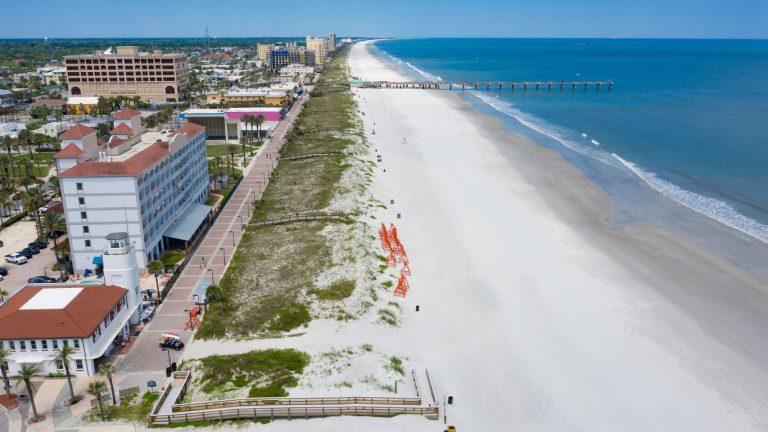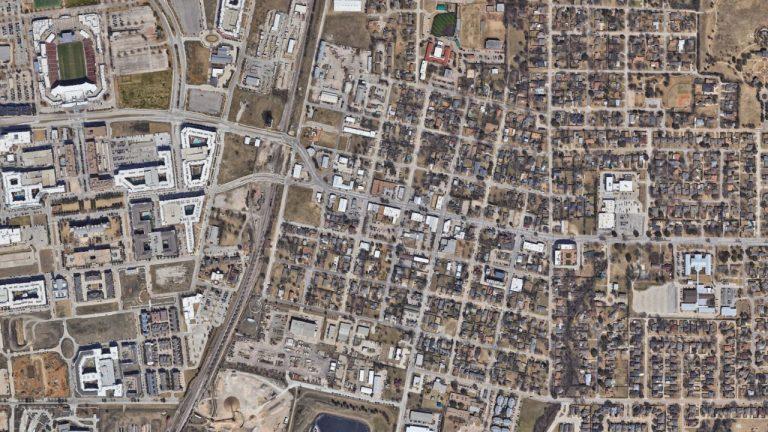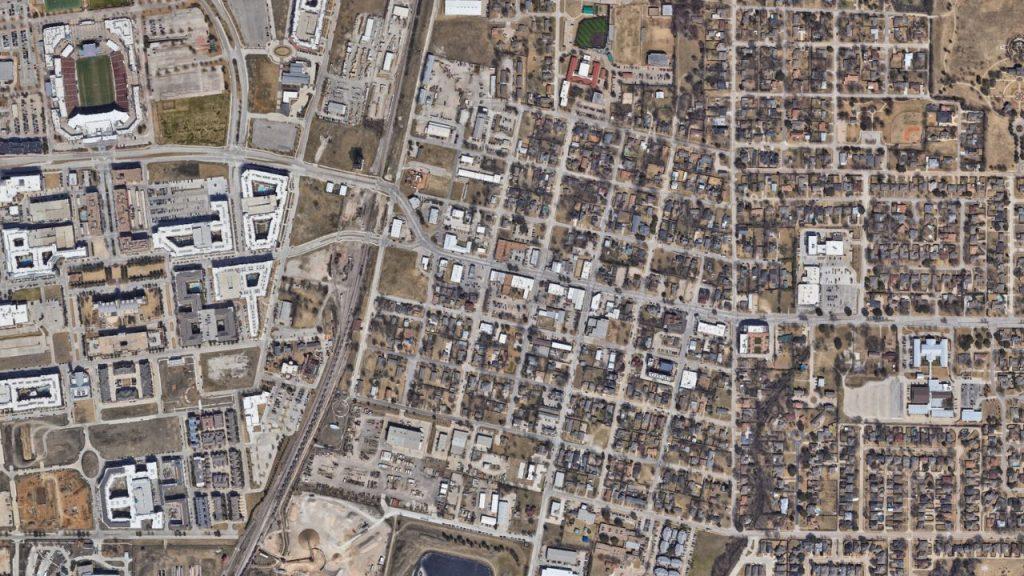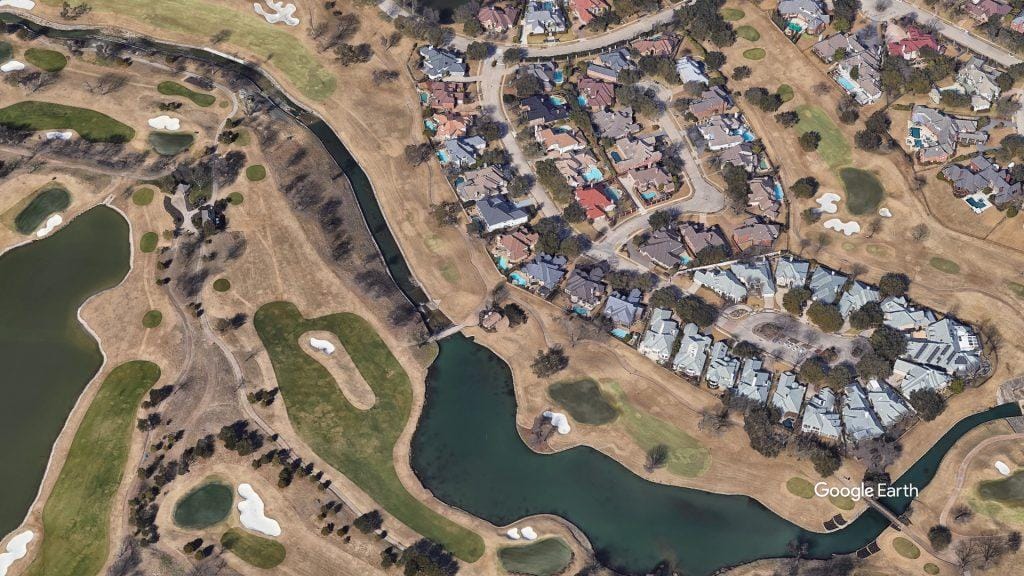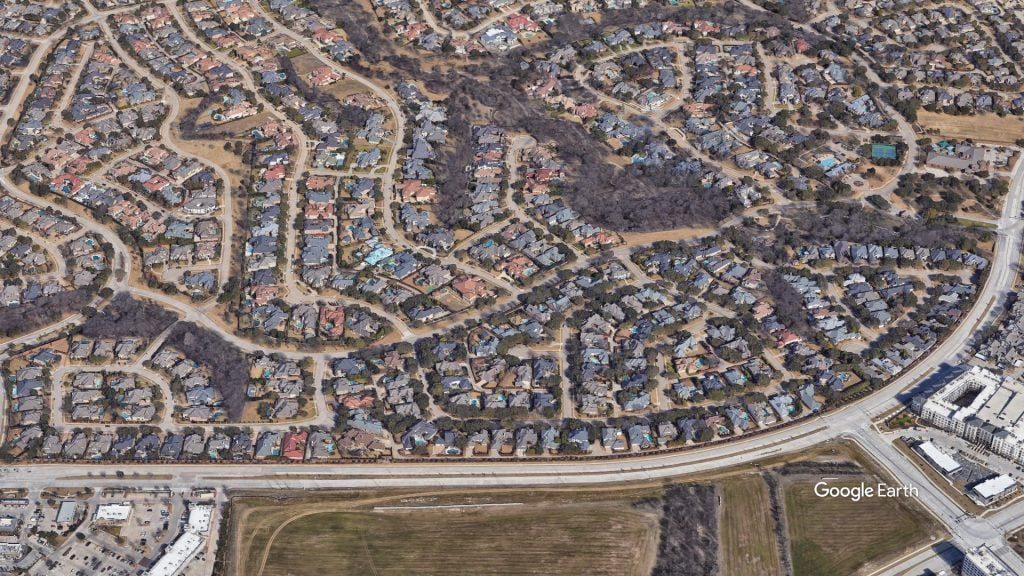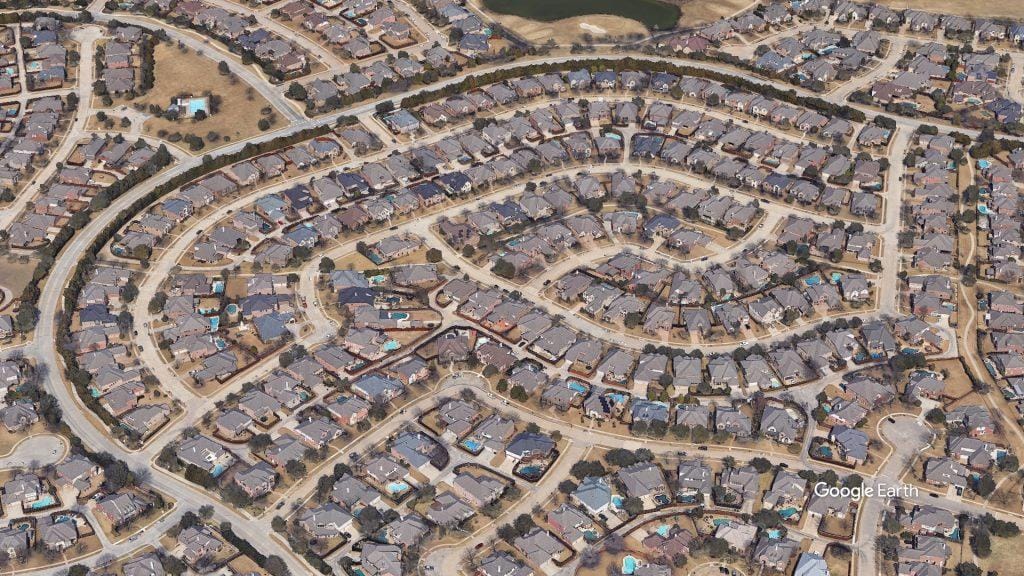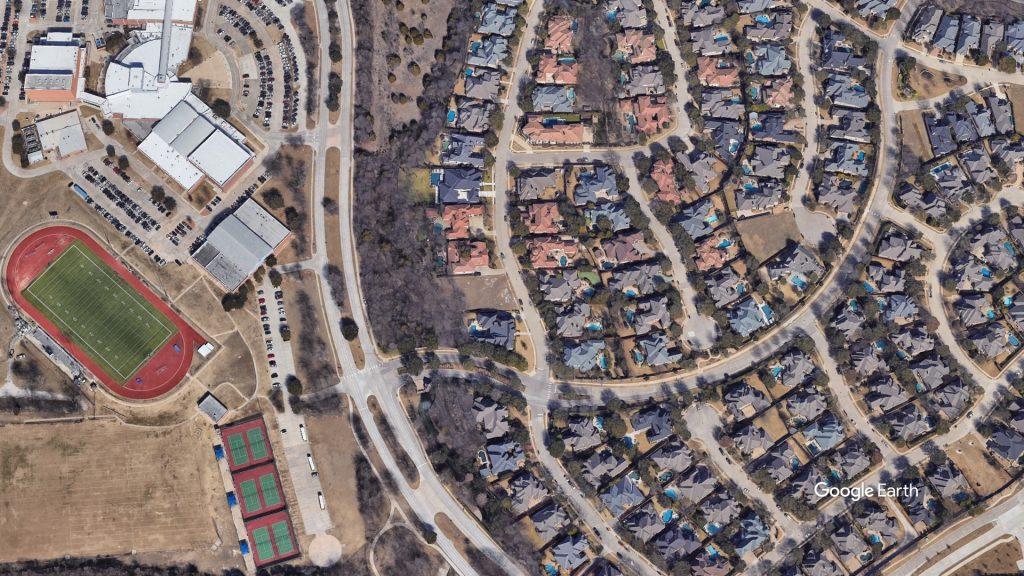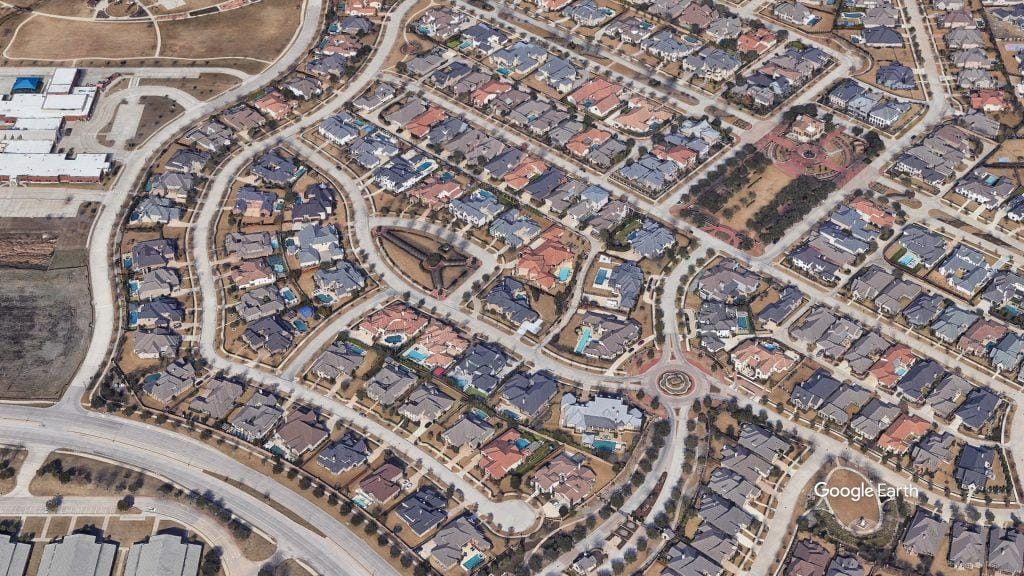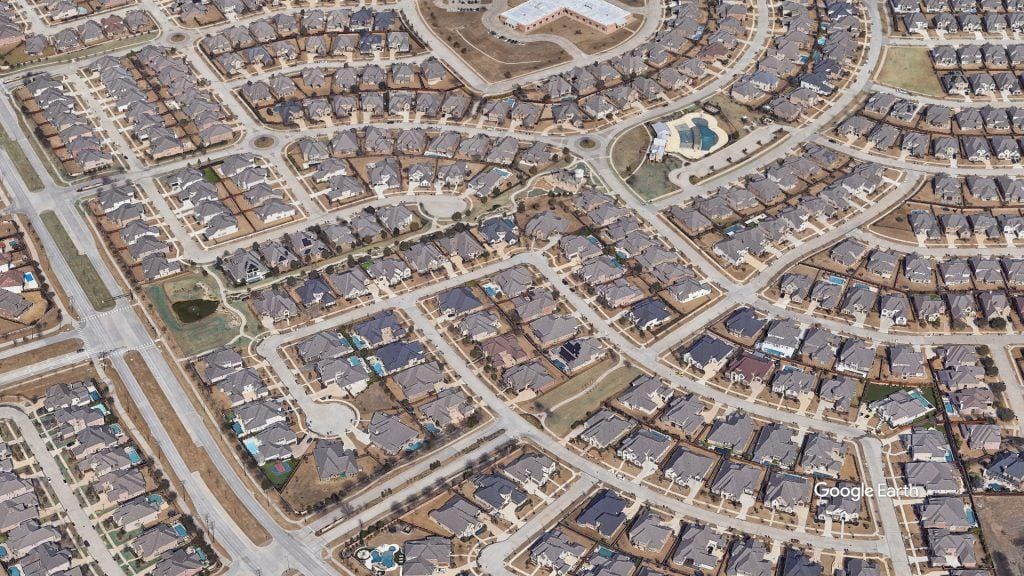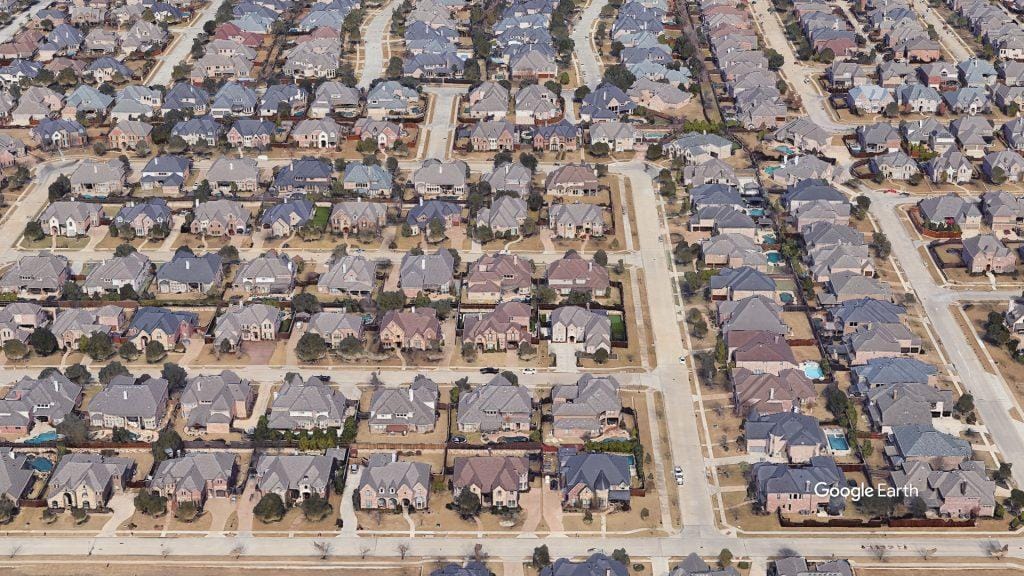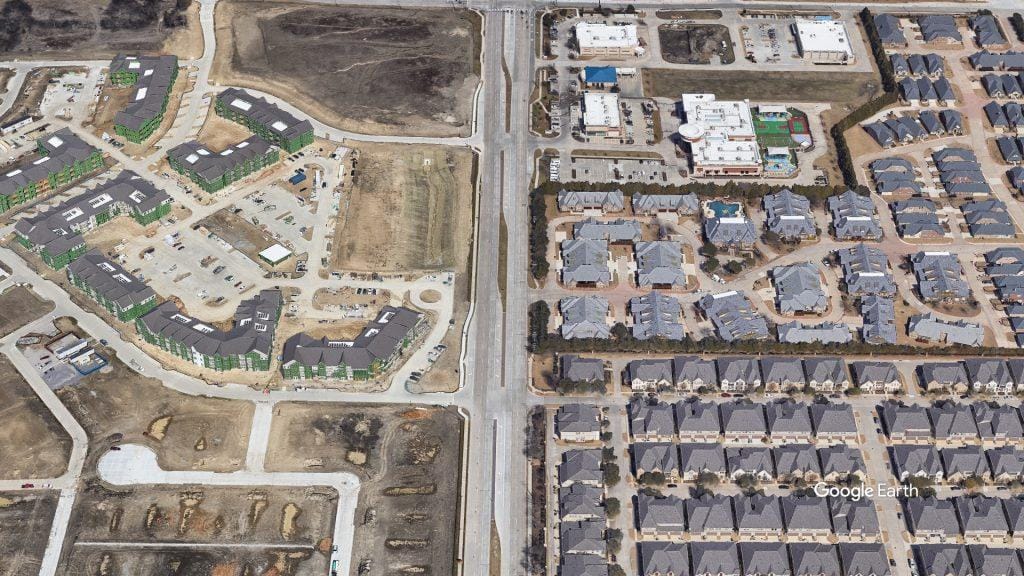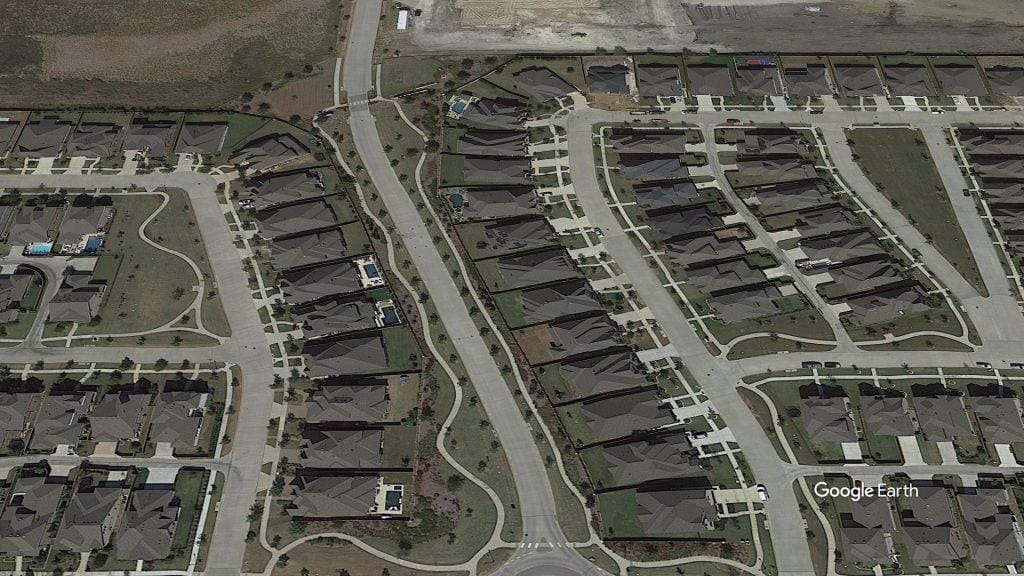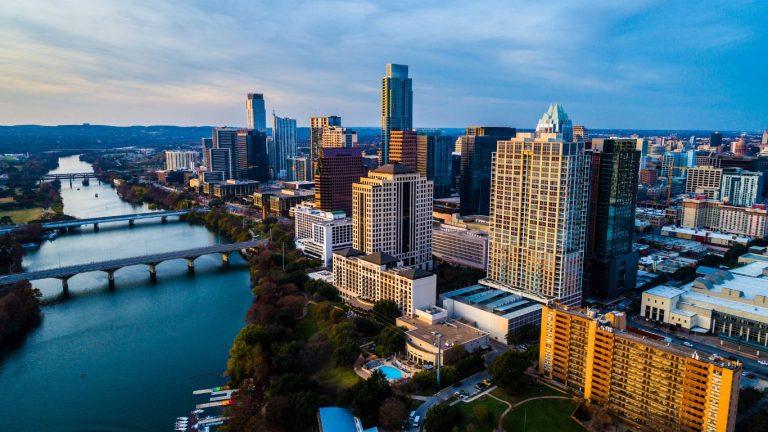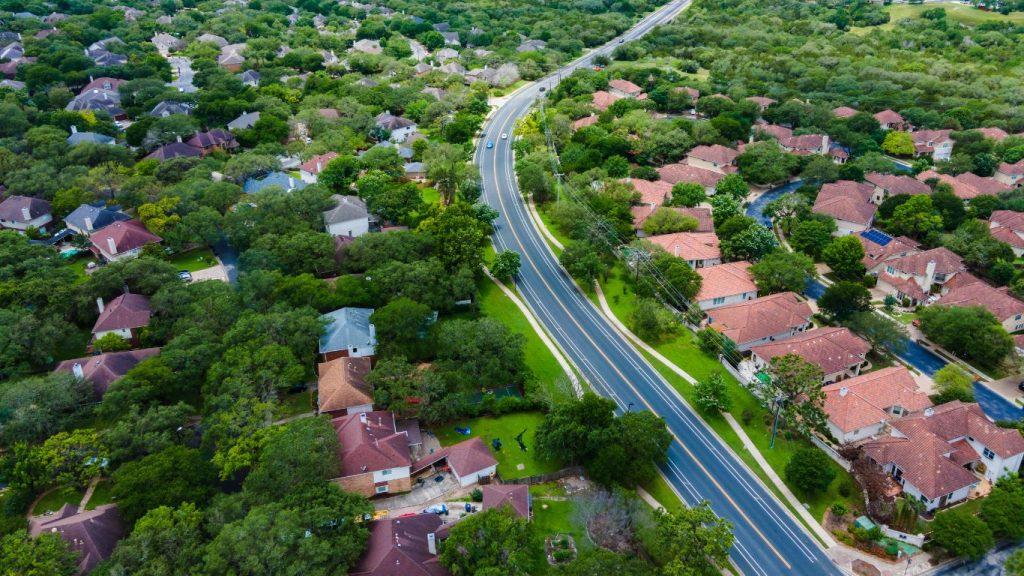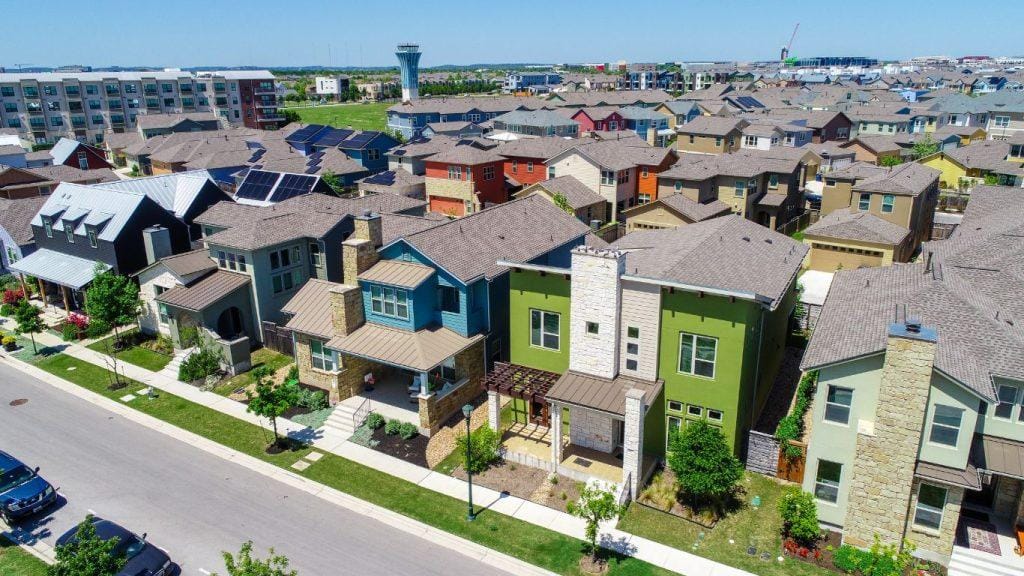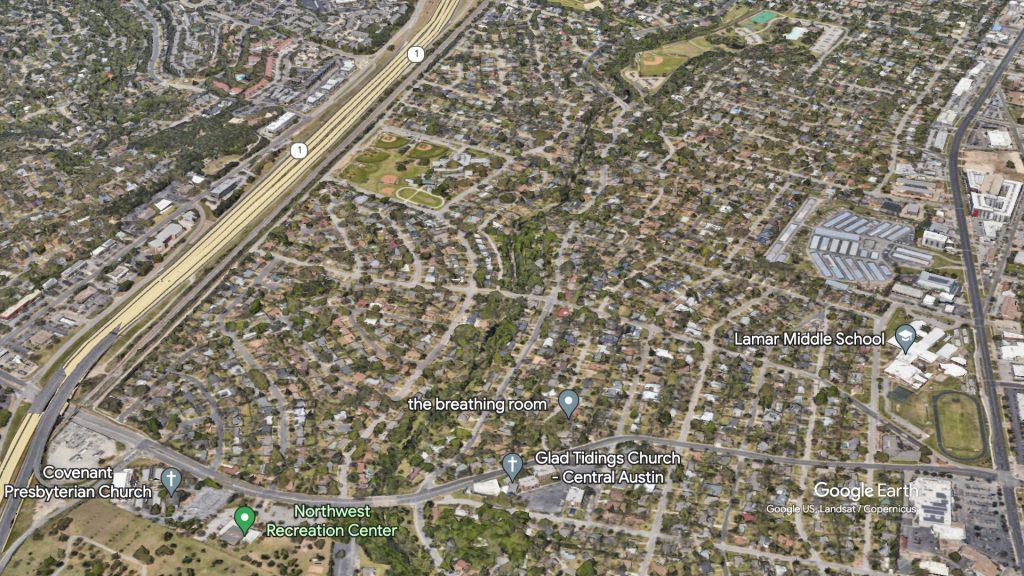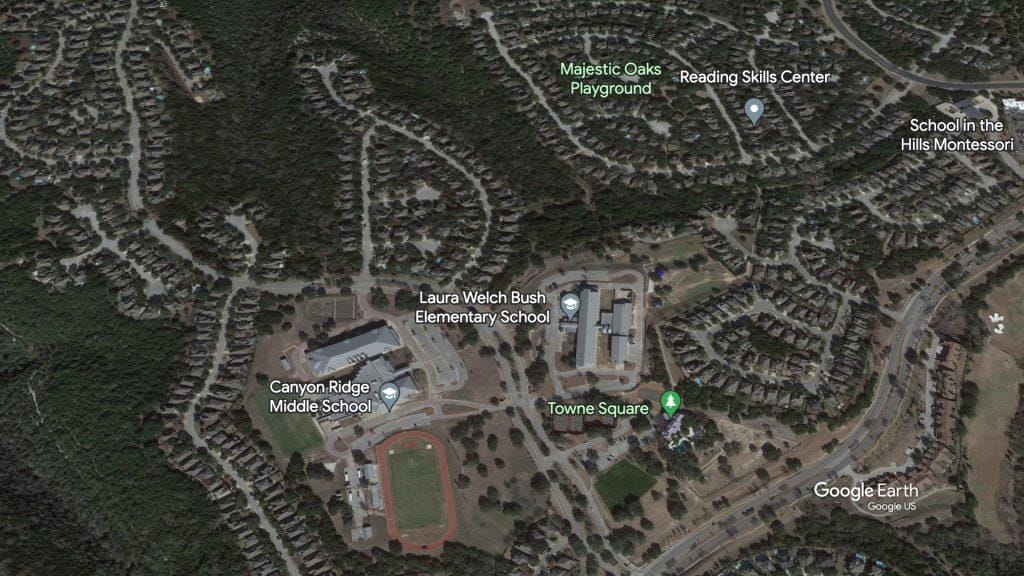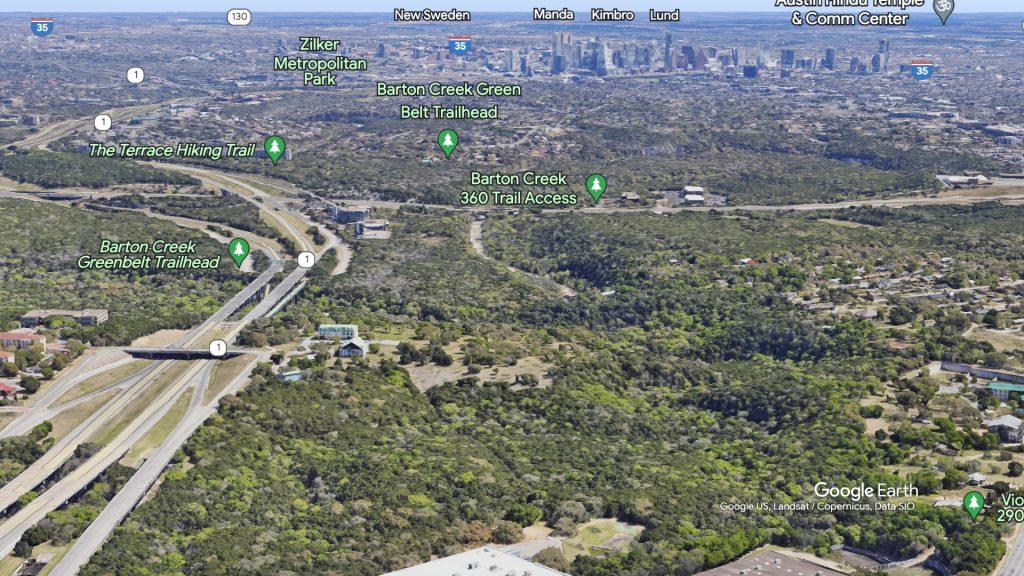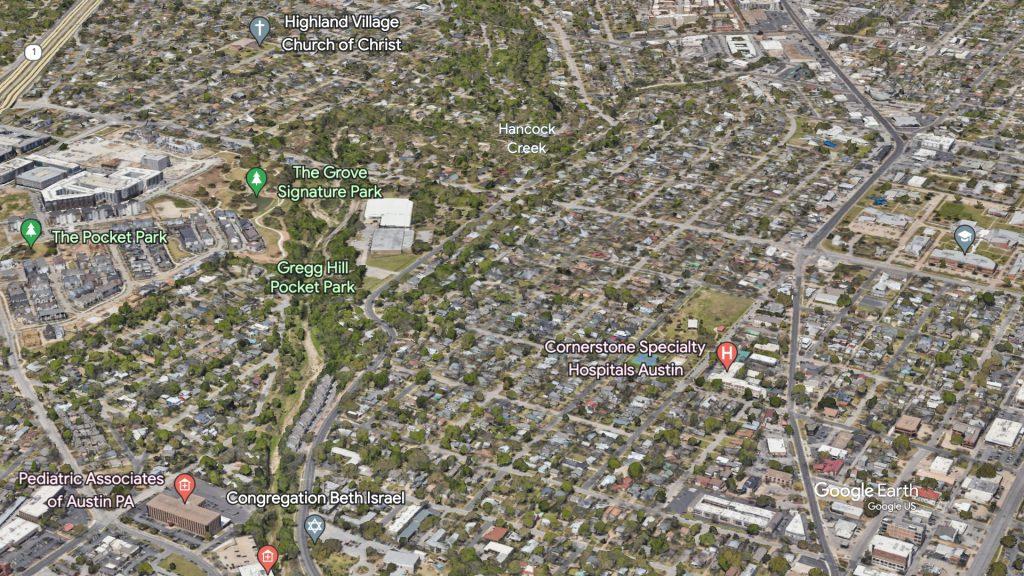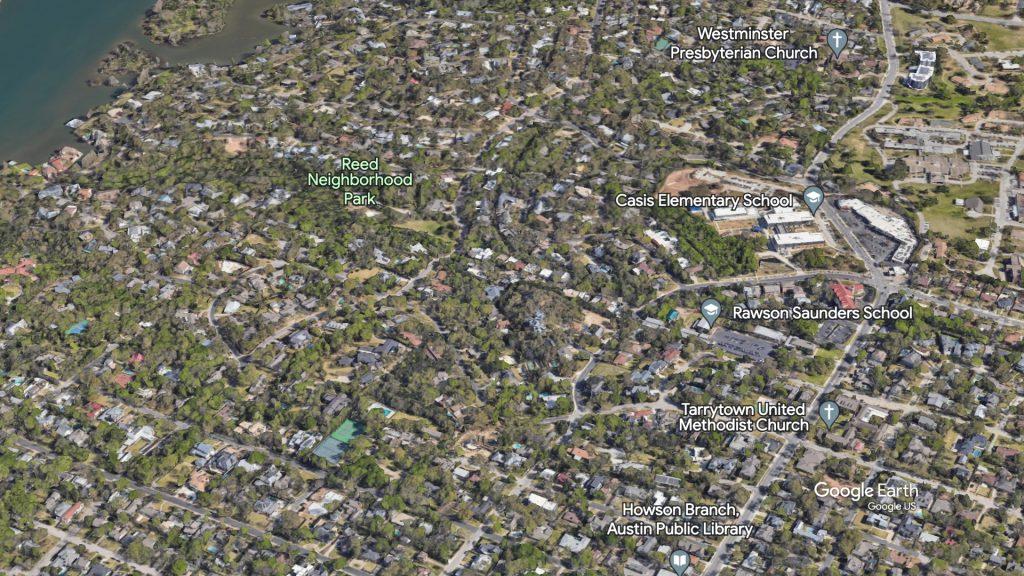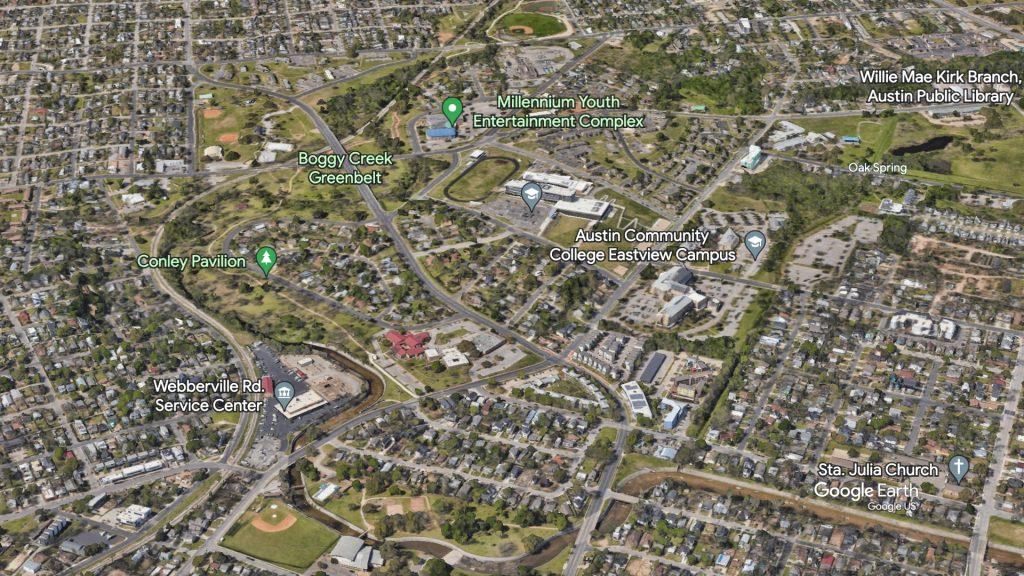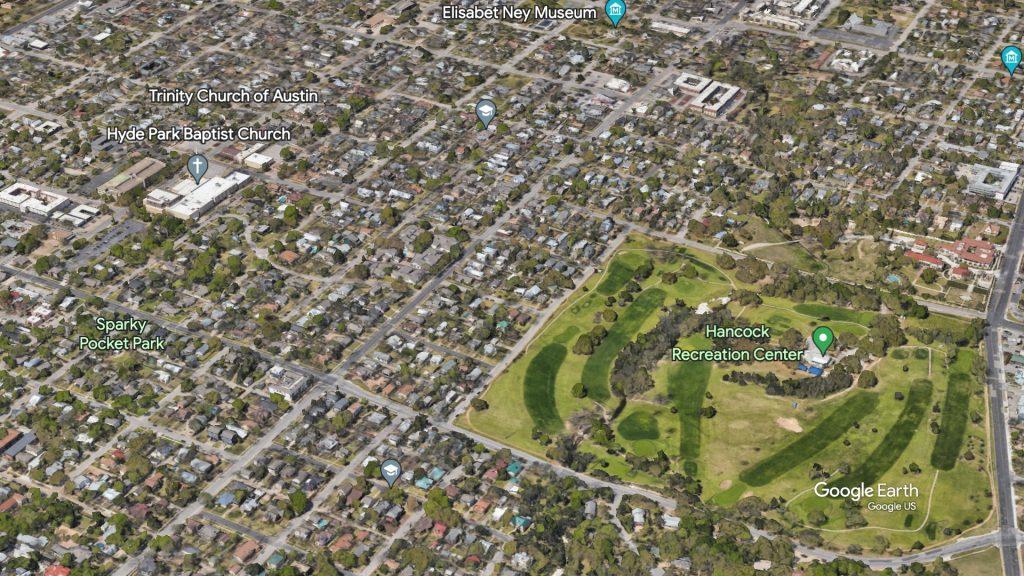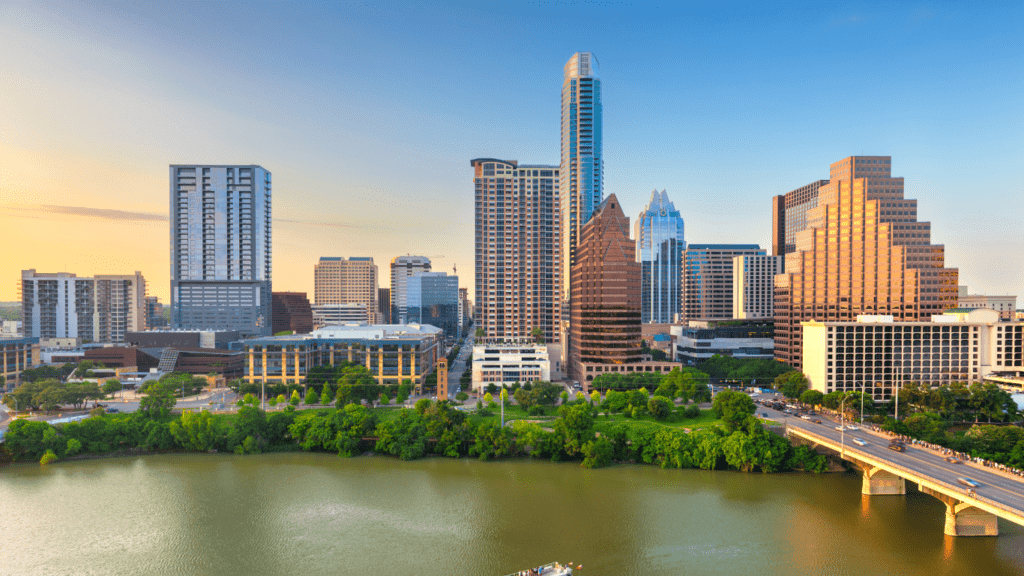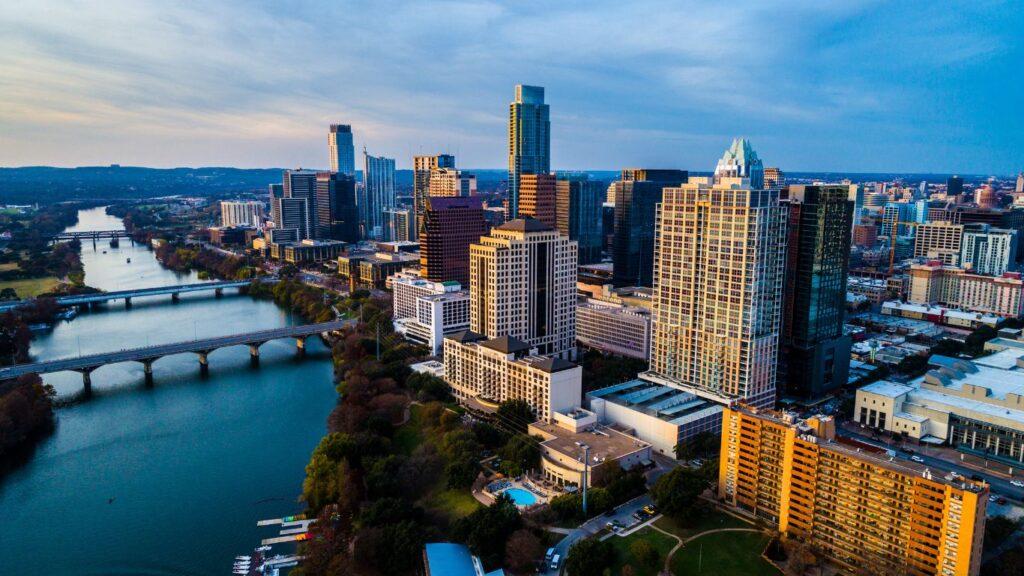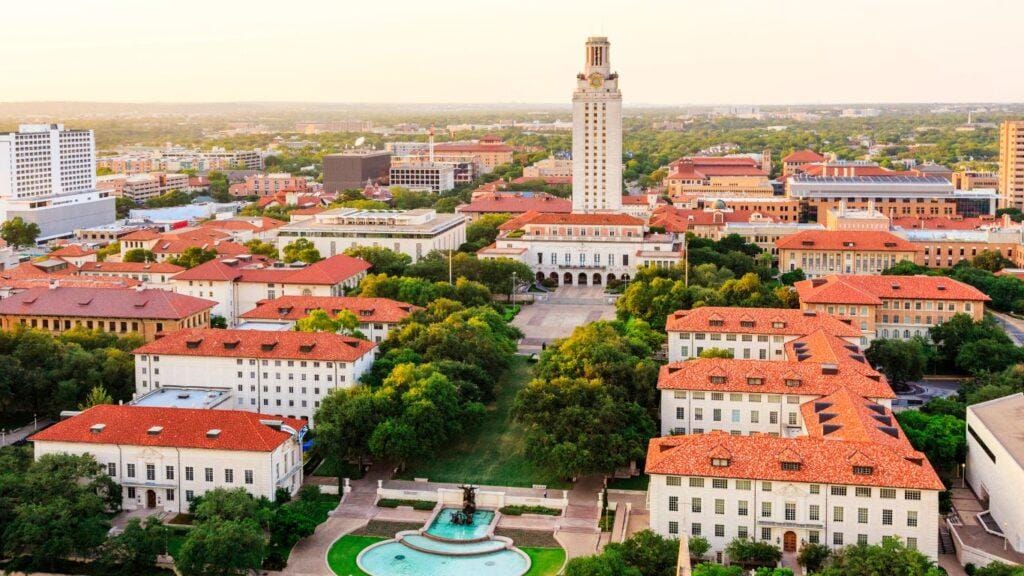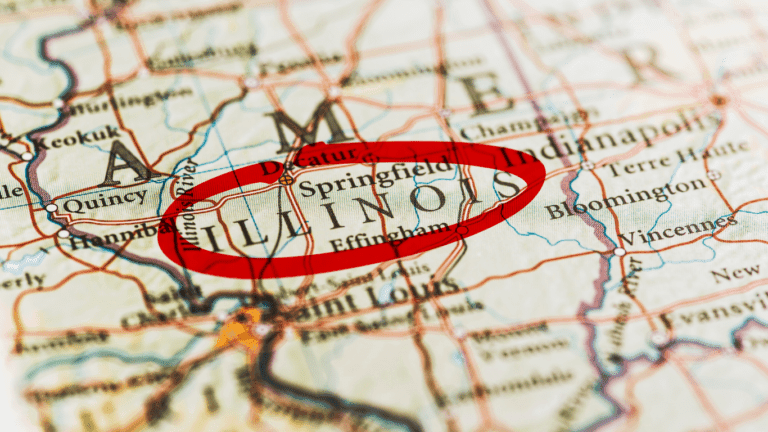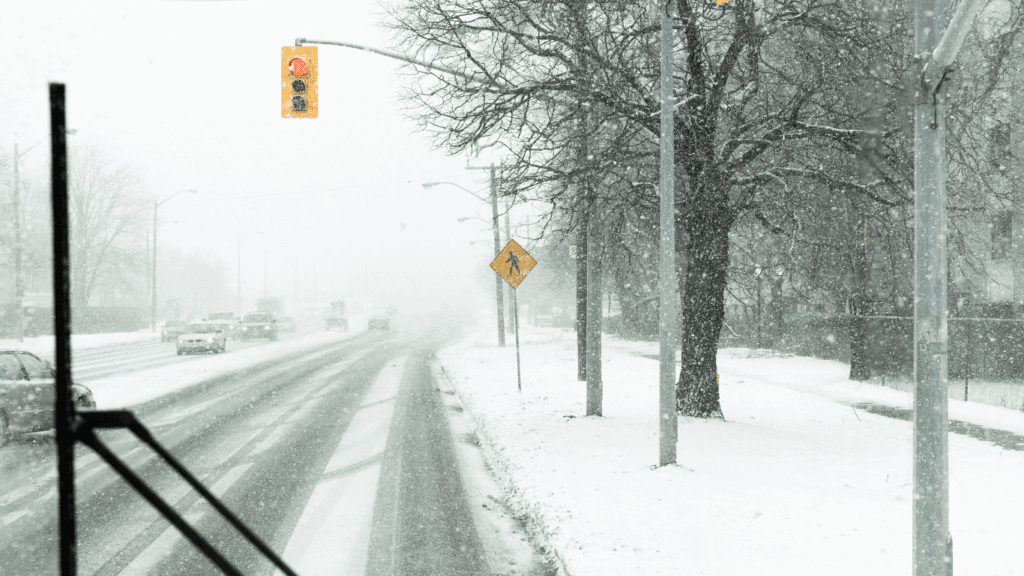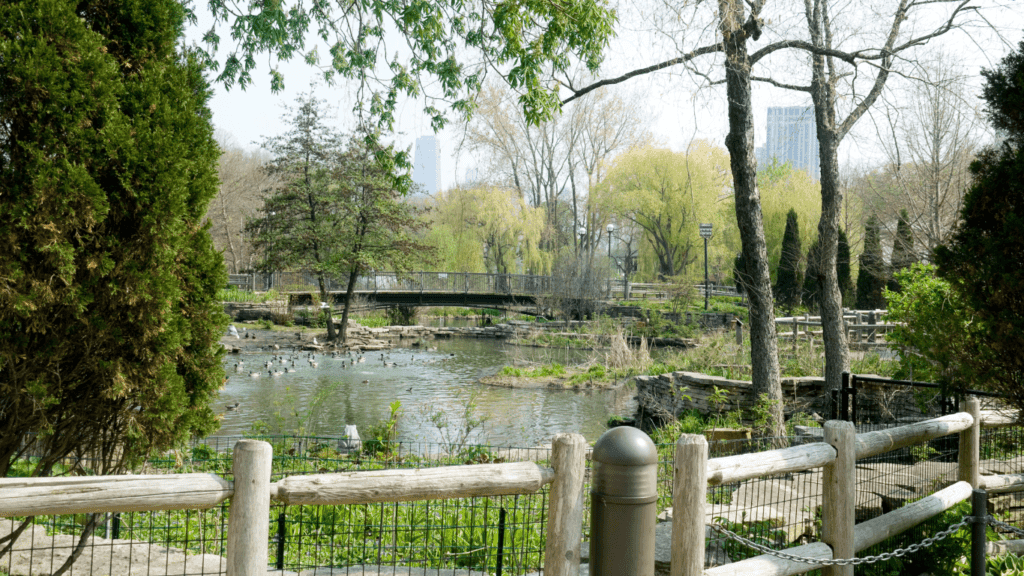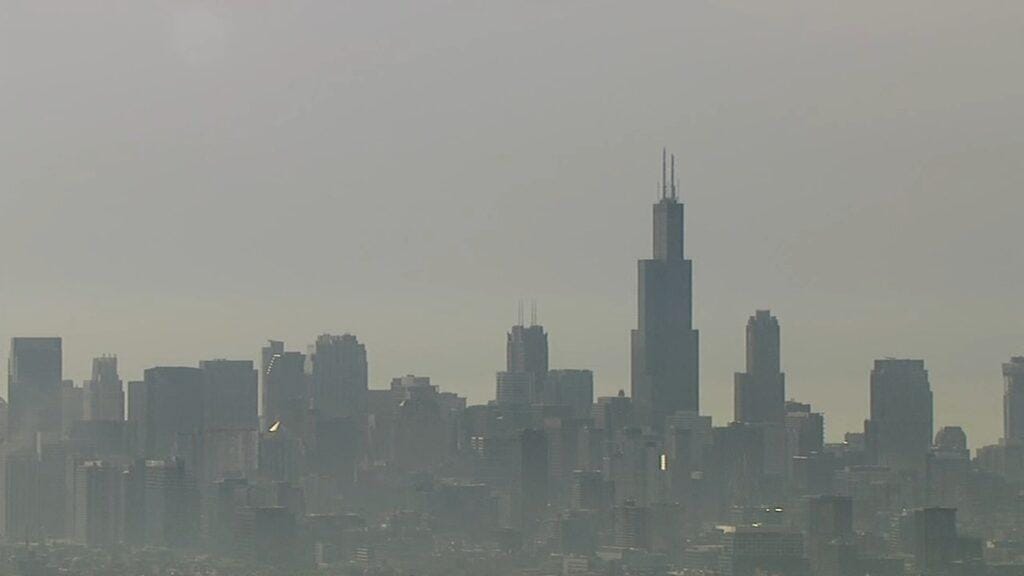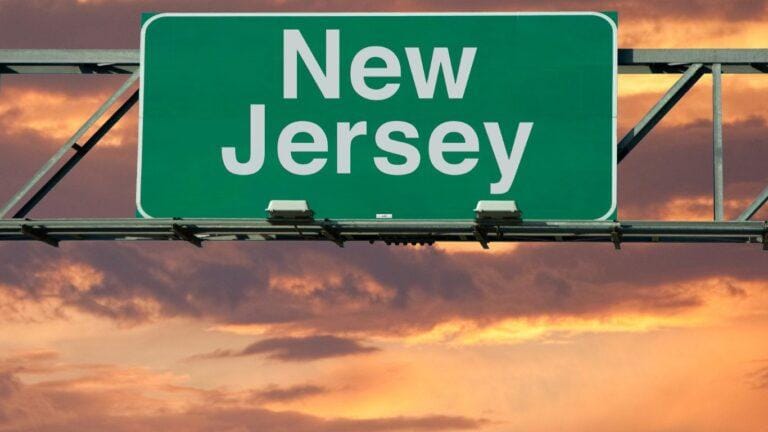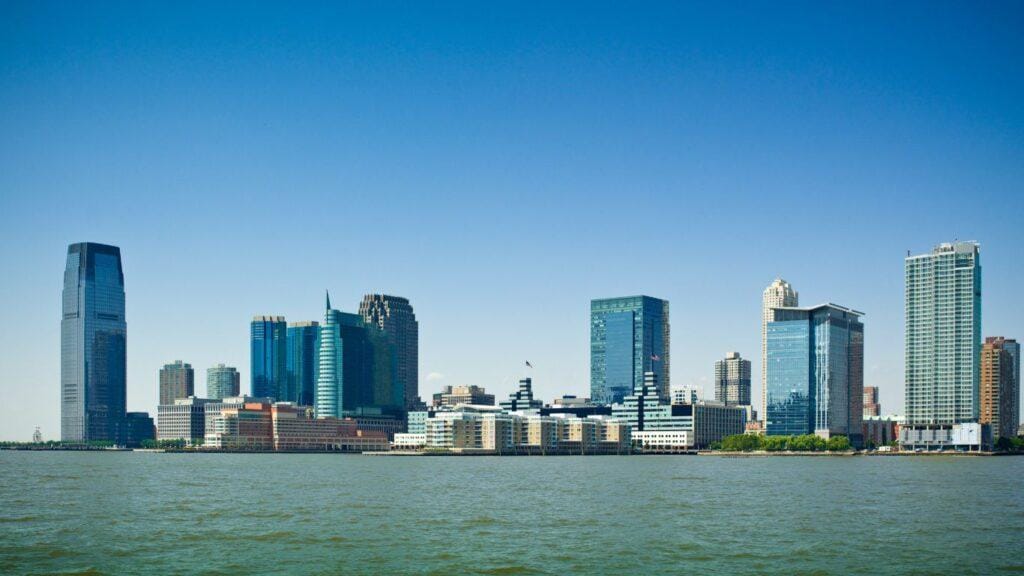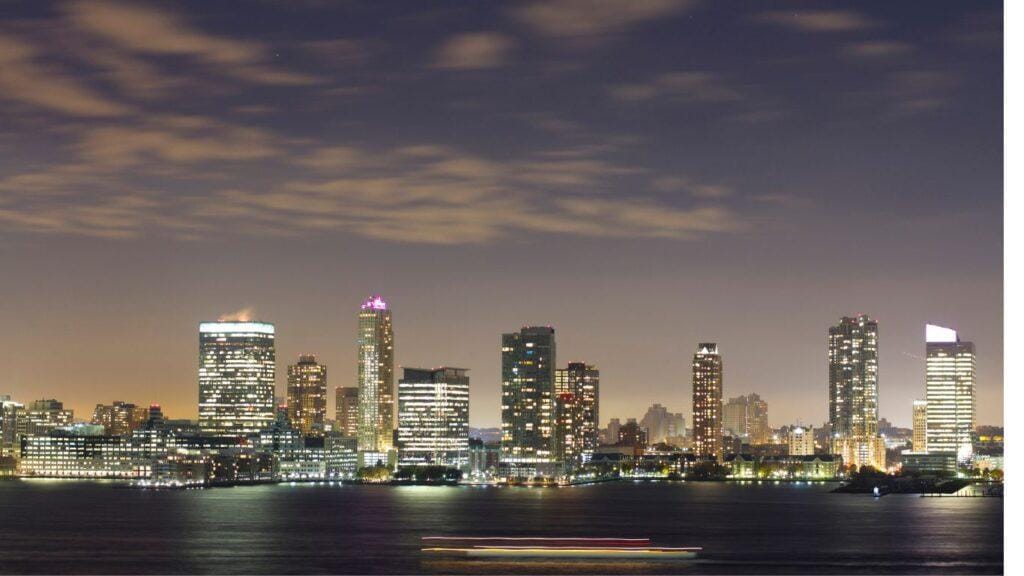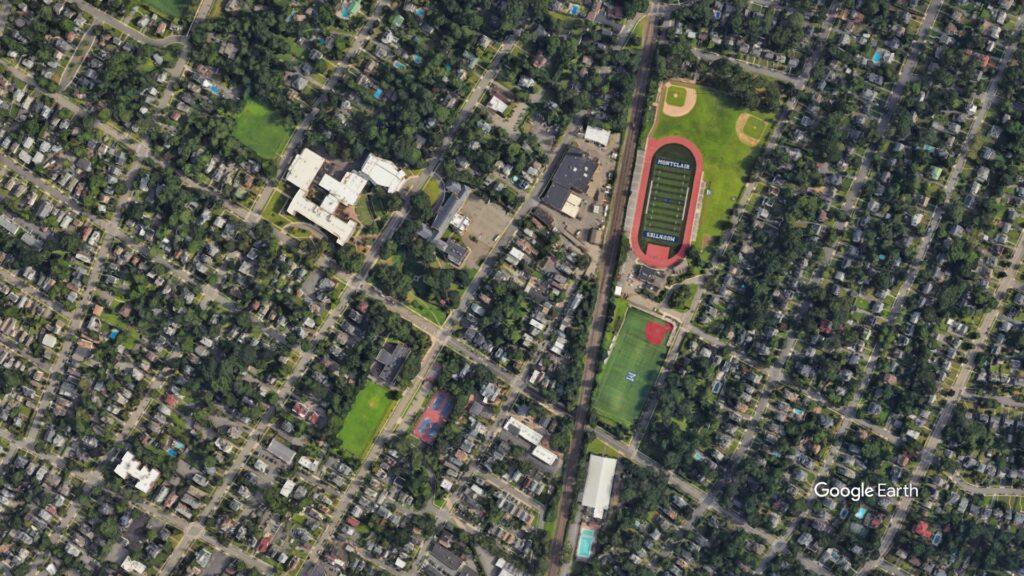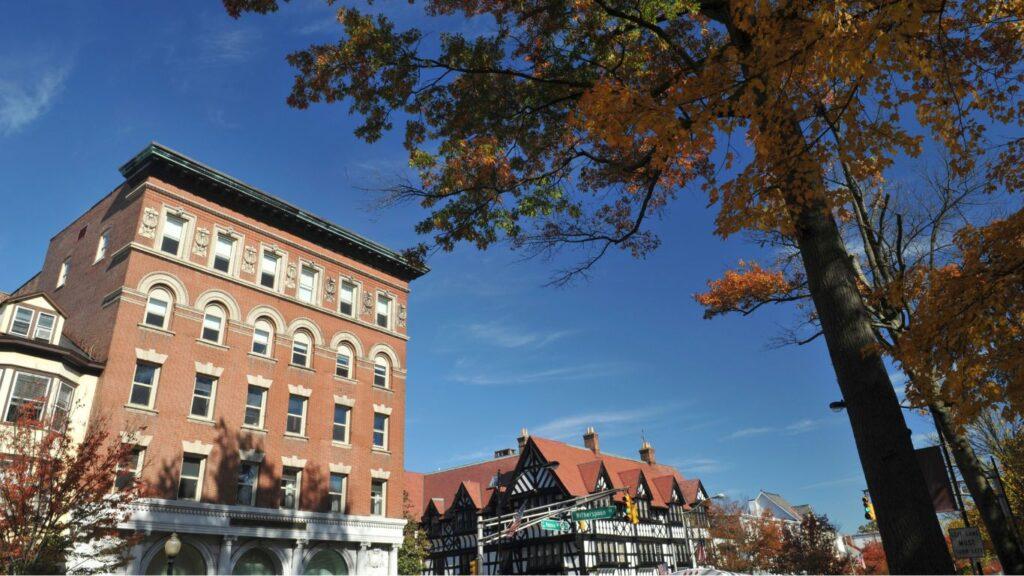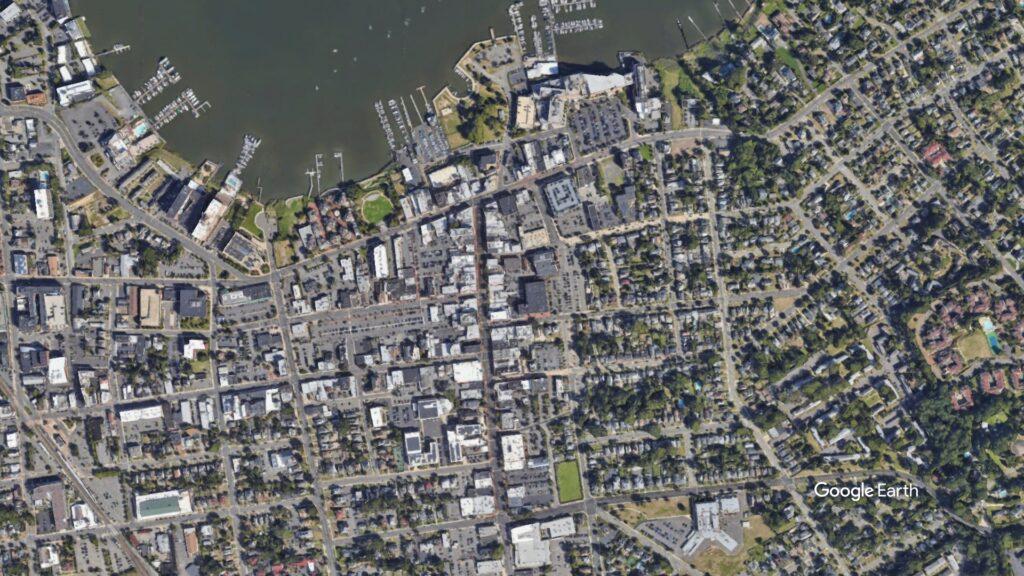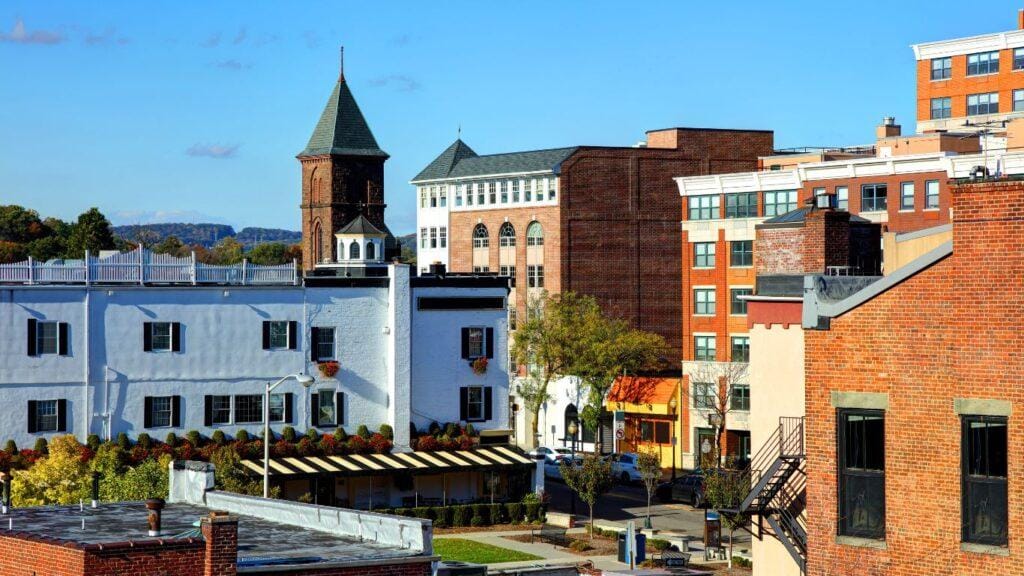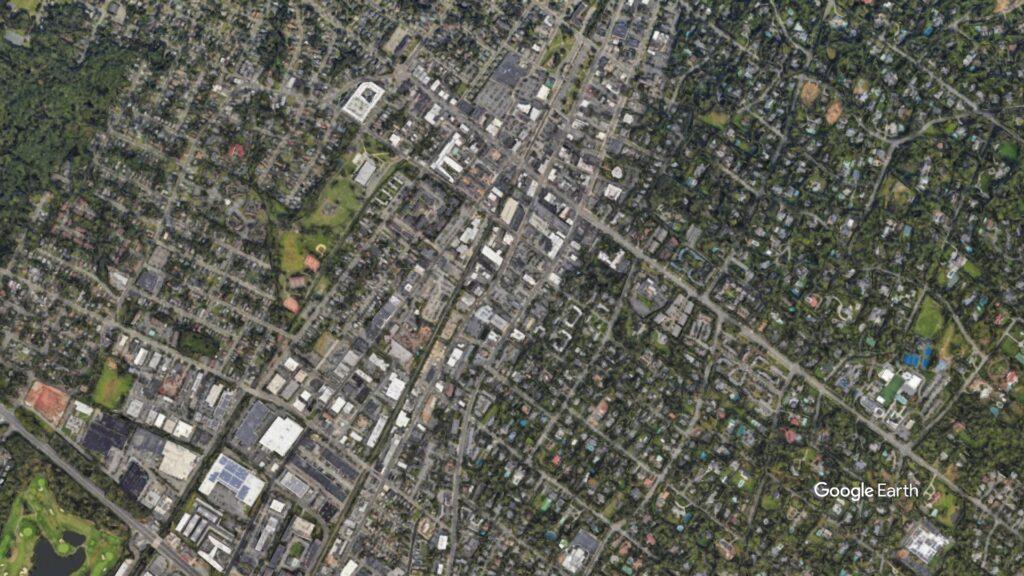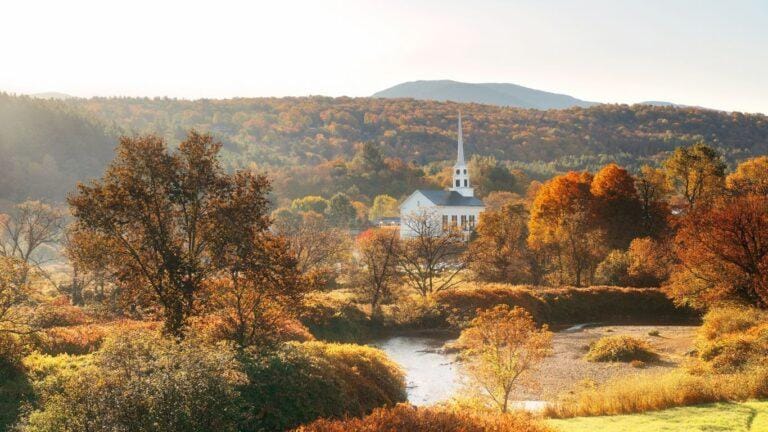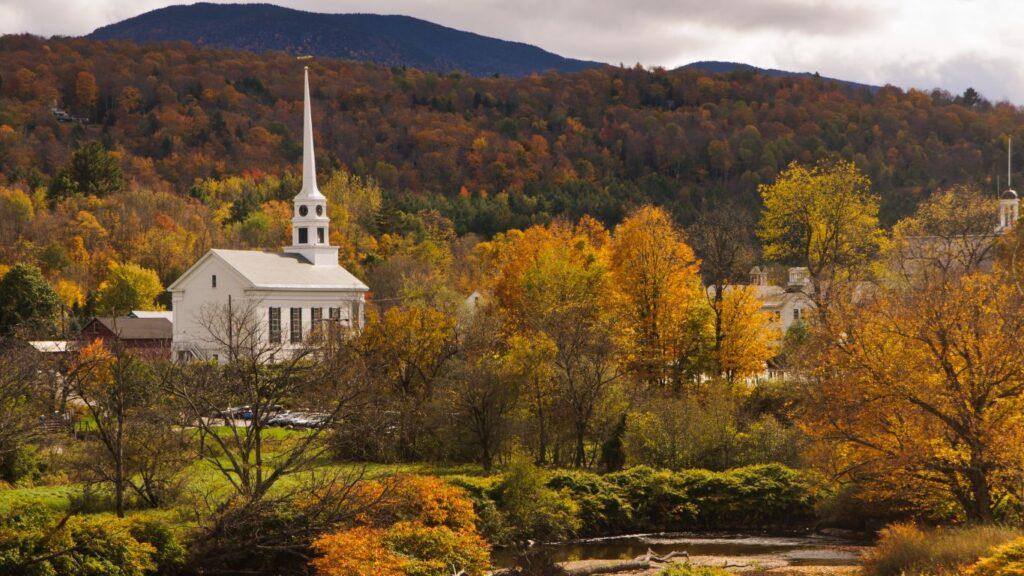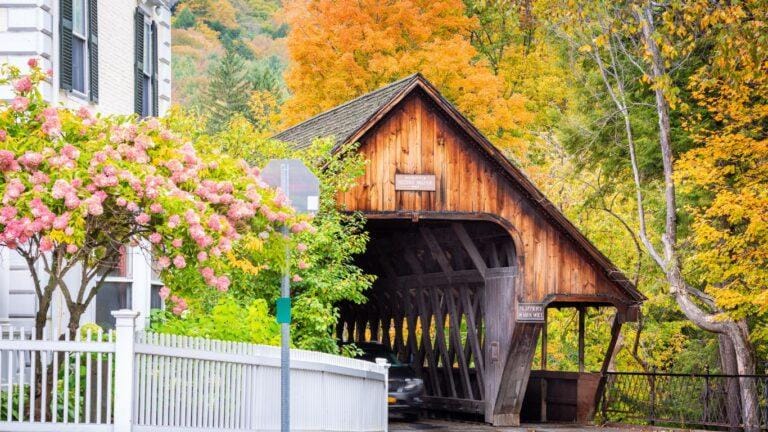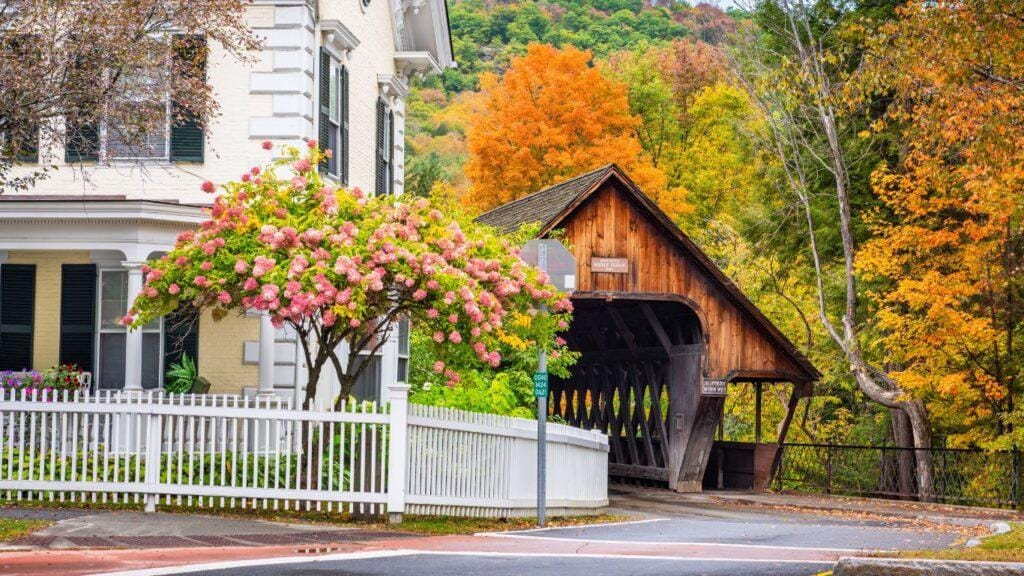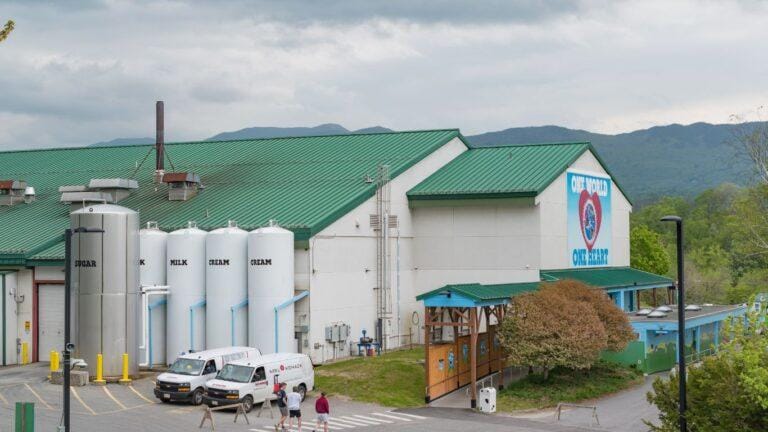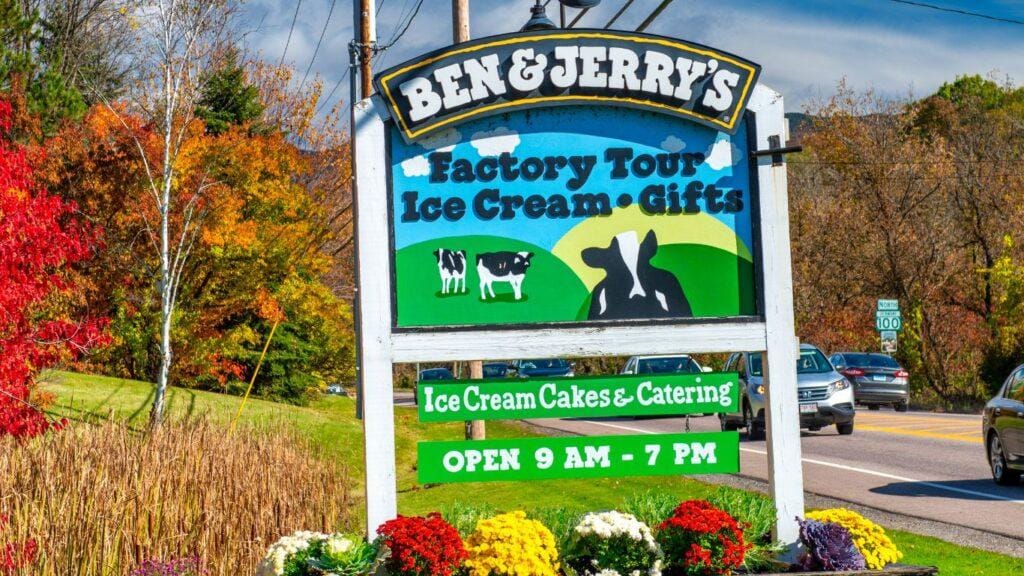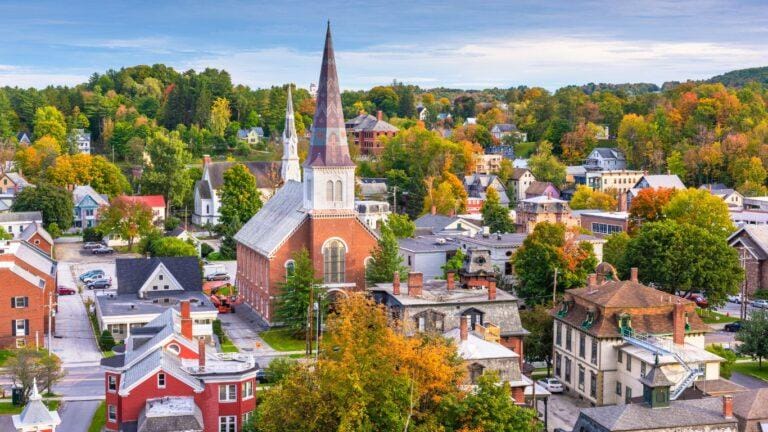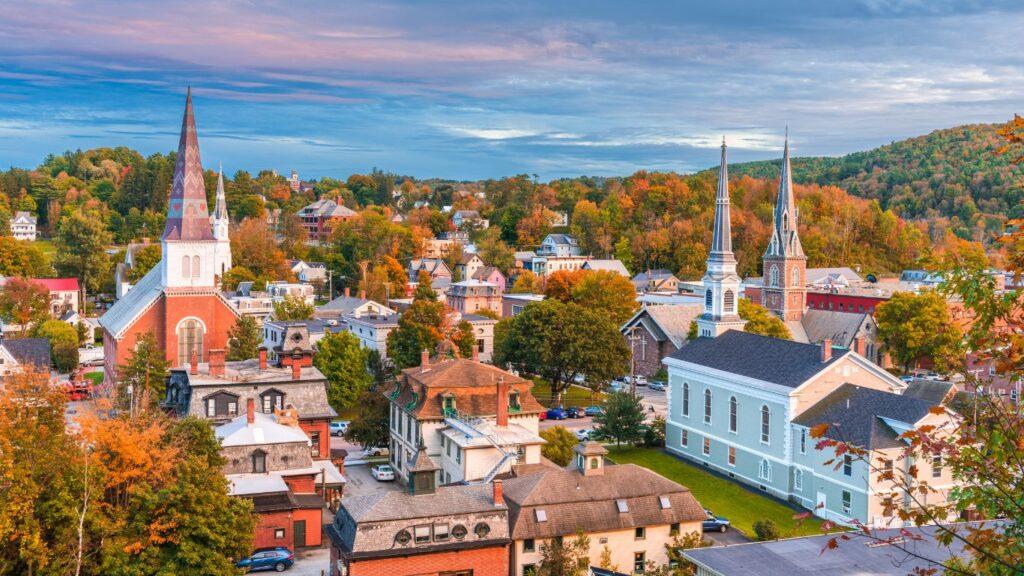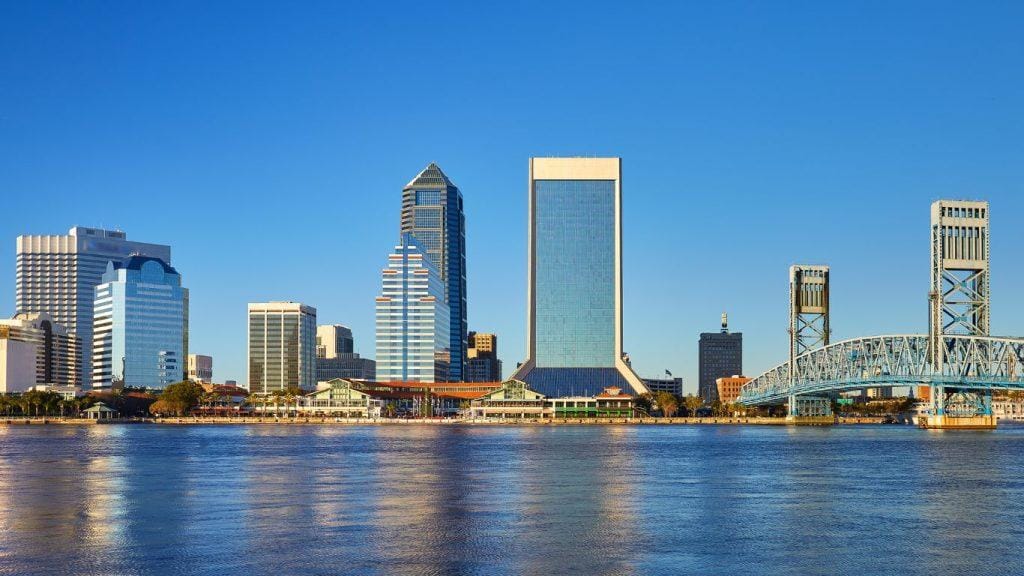
Jacksonville, FL, a city known for its vibrant culture, diverse communities, and thriving job market, offers an array of neighborhoods that cater specifically to the needs and aspirations of young professionals.
In this comprehensive guide, we will explore the Best Places to Live in Jacksonville FL for Young Professionals for those in the early stages of their careers. From job opportunities and real estate values to the unique characteristics of each neighborhood, we’ll cover everything you need to know to make an informed decision about where to call home.
If you are single and looking for a place to live in Florida, you might want to check out this article that lists the 5 best places to live in the Florida for singles. Some of these places are not too far from Jacksonville, so you can enjoy the benefits of living in a vibrant and diverse city while also having access to some of the most beautiful beaches and attractions in the country. Whether you are looking for a low-cost, high-quality, or fun-filled lifestyle, Florida has something for everyone.
5 Best Places to Live in Jacksonville FL for Young Professionals
1. Riverside: Where Culture Meets Career Growth
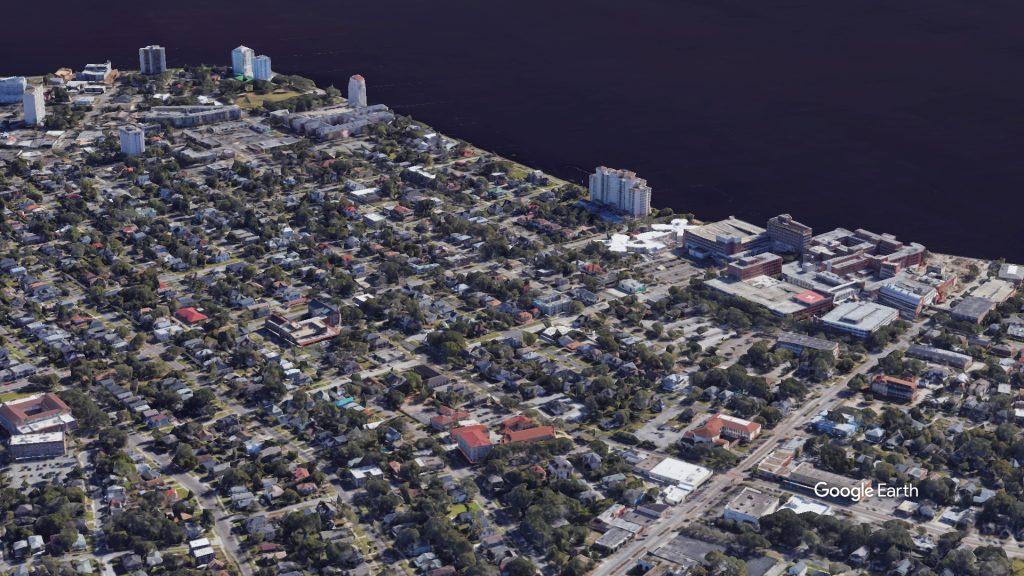
Riverside, situated just south of downtown Jacksonville, stands out as a cultural hub with a myriad of job opportunities and a distinctive historic charm. The neighborhood boasts a thriving arts scene, trendy eateries, and numerous parks, providing a perfect blend of work and play.
Job Opportunities: Riverside is home to a burgeoning tech industry, offering young professional’s ample opportunities in software development, design, and digital marketing.
Real Estate: The housing market in Riverside offers a mix of historic homes and modern apartments. The median home value is approximately $250,000, making it an attractive option for those looking to invest in real estate.
Rent: Rental costs for a one-bedroom apartment average around $1,400 per month.
Population: Riverside is home to a diverse community of around 30,000 residents.
Special Feature: Riverside is known for its vibrant nightlife, making it an ideal spot for young professionals seeking entertainment and social opportunities.
2. San Marco: Urban Sophistication and Historic Appeal
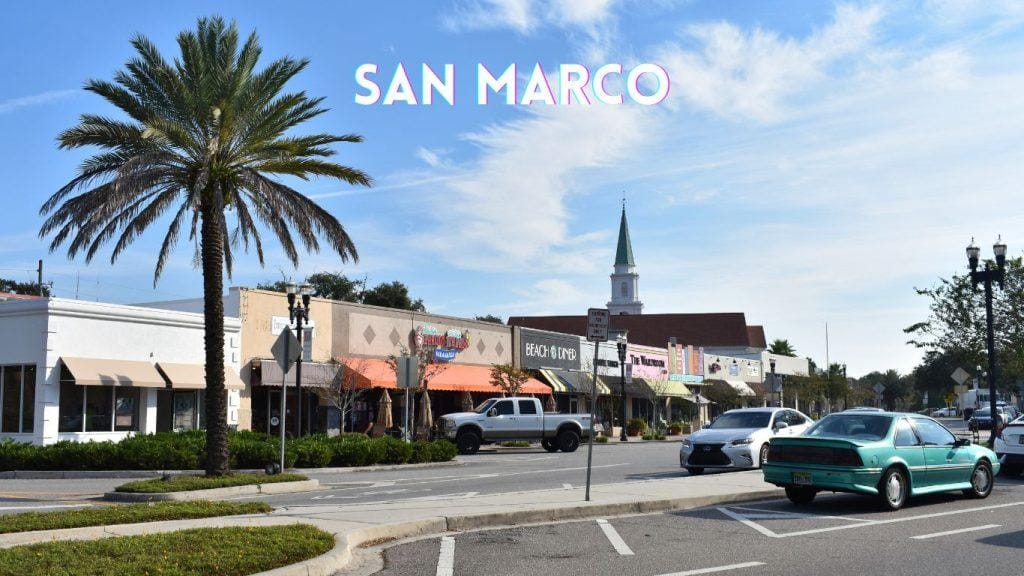
San Marco, located just southeast of downtown, is a neighborhood that seamlessly combines urban living with historic charm. Renowned for its upscale atmosphere and diverse cultural attractions, San Marco appeals to young professionals seeking a sophisticated lifestyle.
Job Opportunities: San Marco is in close proximity to downtown Jacksonville, providing easy access to corporate offices and financial institutions, making it an excellent choice for career-driven individuals.
Real Estate: The median home value in San Marco is around $300,000, reflecting the neighborhood’s upscale character.
Rent: Rental costs are slightly higher, with the average monthly rent for a one-bedroom apartment at $1,600.
Population: San Marco is home to approximately 15,000 residents.
Special Feature: The San Marco Square is a central gathering place, offering boutique shopping, fine dining, and a vibrant arts scene.
3. Avondale: Historic Elegance and Family-Friendly Vibes
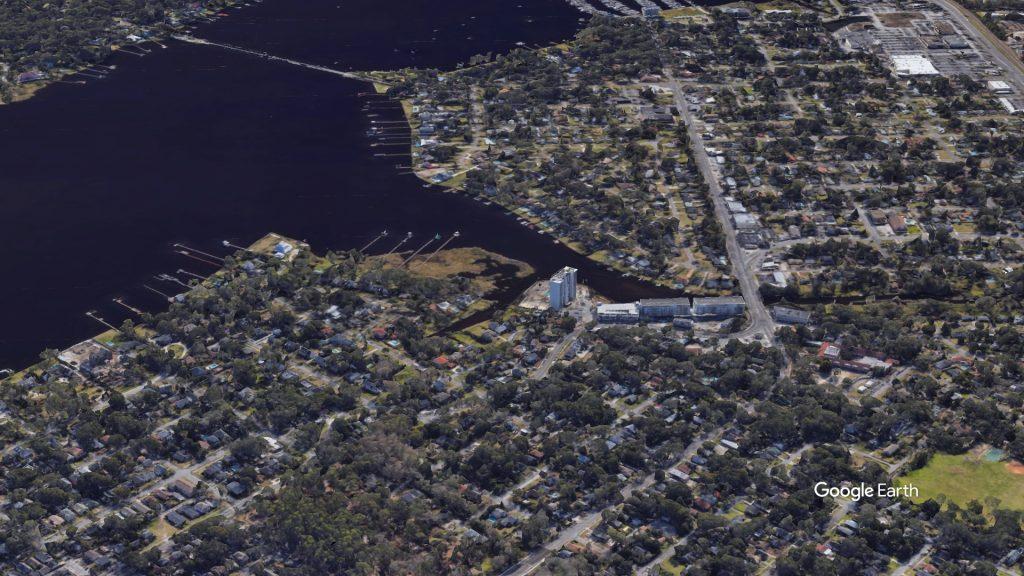
Avondale, adjacent to Riverside, exudes historic elegance and a family-friendly atmosphere. Known for its tree-lined streets, parks, and charming historic homes, Avondale is a popular choice for young professionals raising families.
Job Opportunities: Avondale provides convenient access to job opportunities in downtown Jacksonville, making the daily commute manageable for professionals.
Real Estate: The median home value in Avondale is approximately $275,000, with a variety of architectural styles to choose from.
Rent: Rental costs are moderate, averaging around $1,500 per month for a one-bedroom apartment.
Population: The neighborhood is home to a close-knit community of around 20,000 residents.
Special Feature: The Shoppes of Avondale offer a unique shopping experience, with boutique stores and cozy cafes contributing to the neighborhood’s distinctive charm.
4. Southside: A Hub of Business and Entertainment
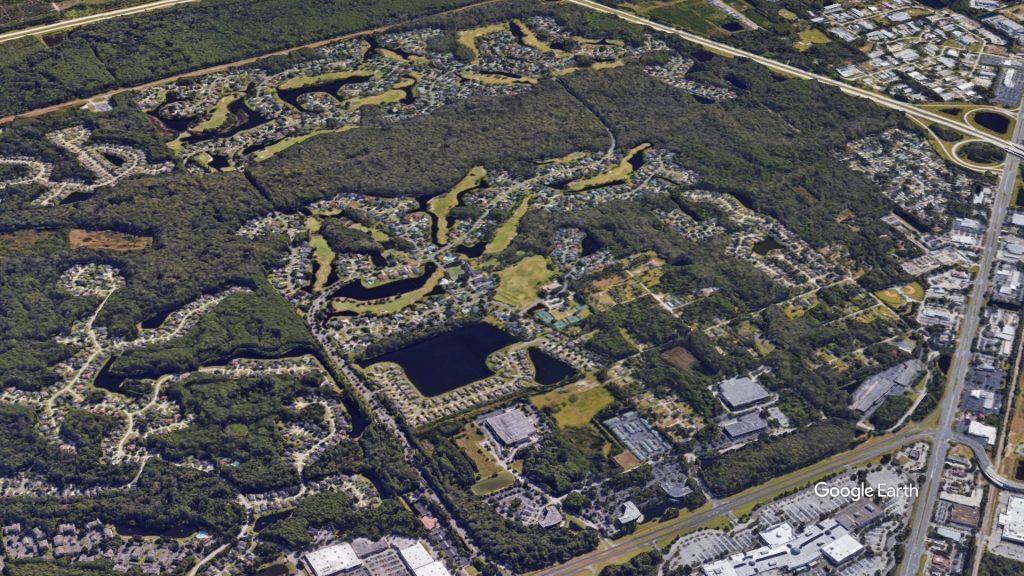
Southside, situated southeast of downtown, is a bustling neighborhood known for its business district, entertainment options, and diverse housing choices. It is a prime location for young professionals seeking a dynamic and energetic environment.
Job Opportunities: Southside is a major business hub, hosting corporate offices, tech companies, and healthcare institutions, providing a plethora of job opportunities.
Real Estate: The housing market in Southside caters to various preferences, with a median home value of approximately $230,000.
Rent: Rental costs are reasonable, averaging around $1,300 per month for a one-bedroom apartment.
Population: Southside is home to a diverse community of around 50,000 residents.
Special Feature: The St. Johns Town Center, a large outdoor shopping and entertainment complex, adds to the neighborhood’s appeal, offering a range of dining, shopping, and entertainment options.
5. Springfield: Revitalized History and Affordable Living
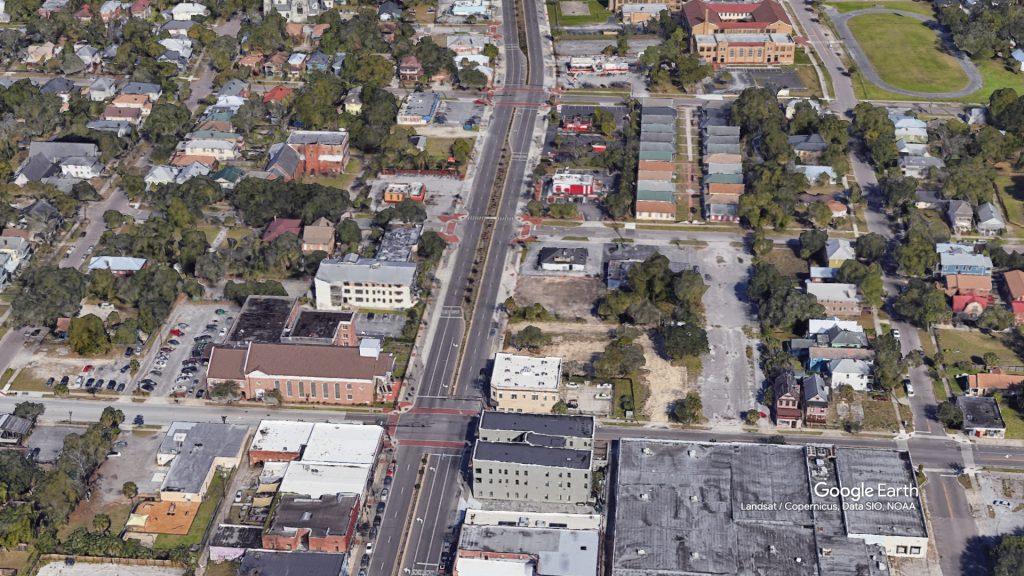
Springfield, located just north of downtown Jacksonville, has undergone a revitalization in recent years, attracting young professionals seeking historic charm at an affordable cost.
Job Opportunities: With its proximity to downtown, Springfield provides easy access to job opportunities, particularly in the city center.
Real Estate: The median home value in Springfield is approximately $180,000, making it an affordable option for those looking to purchase a home.
Rent: Rental costs are budget-friendly, with an average monthly rent of around $1,200 for a one-bedroom apartment.
Population: Springfield is home to a growing community of approximately 10,000 residents.
Special Feature: The neighborhood’s historic architecture, including Victorian-style homes, adds a unique character to Springfield, making it an attractive choice for those who appreciate historic aesthetics.
Conclusion
Jacksonville, FL, offers an array of neighborhoods, each with its unique character and appeal for young professionals. Whether you’re drawn to the cultural vibrancy of Riverside, the urban sophistication of San Marco, the family-friendly atmosphere of Avondale, the dynamic energy of Southside, or the revitalized history of Springfield, Jacksonville caters to diverse preferences and lifestyles.
When choosing the best place to live in Jacksonville, consider factors such as job opportunities, real estate values, rental costs, and the unique features that each neighborhood offers. As you explore these communities, you’ll discover the warmth, diversity, and vibrant spirit that make Jacksonville an exceptional place to call home for young professionals. From raising a family to finding the best suburbs and neighborhoods for specific activities like trick-or-treating, Jacksonville has something to offer everyone.
FAQ’s
Is Jacksonville a good place to raise a family?
Jacksonville offers a variety of neighborhoods suitable for families, such as Avondale, which is known for its family-friendly atmosphere and historic charm. The presence of parks, tree-lined streets, and diverse communities in areas like Avondale and Riverside makes Jacksonville a generally good place to raise a family.
However, individual preferences may vary, and factors like school quality and specific neighborhood amenities should be considered when making this decision.
Is Jacksonville Florida a good place to retire?
Jacksonville can be a suitable place for retirees, especially those who appreciate a diverse range of neighborhoods and amenities. Areas like Springfield, with its affordable housing options and revitalized history, may be appealing.
Additionally, Jacksonville offers various cultural attractions, outdoor activities, and a relatively mild climate, making it potentially attractive for retirees seeking a mix of relaxation and engagement. However, personal preferences, healthcare facilities, and other retirement priorities should be considered before making a decision.
Is San Marco Jacksonville,safe?
Safety can vary within neighborhoods, and it’s important to research the specific area and stay updated on local crime rates. Generally, San Marco is considered a safe neighborhood, known for its upscale atmosphere and urban sophistication.
However, like any urban area, it’s advisable to take common safety precautions and stay informed about the local security situation. Checking with local law enforcement or community resources for the latest crime statistics can provide more accurate and up-to-date information.
What cities are near Jacksonville, FL?
Jacksonville is surrounded by various cities and communities in Northeast Florida. Some notable cities near Jacksonville include:
a. St. Augustine: Known for its historic charm, St. Augustine is to the southeast of Jacksonville and is the oldest city in the United States.
b. Orange Park: Located southwest of Jacksonville, Orange Park is known for its suburban feel and access to the St. Johns River.
c. Atlantic Beach, Neptune Beach, and Jacksonville Beach: These coastal communities, collectively known as the Beaches, offer a beach lifestyle and are situated to the east of Jacksonville.
d. Fernandina Beach: Located to the north, Fernandina Beach is on Amelia Island and is known for its Victorian architecture and picturesque surroundings.
These cities provide a range of living options and amenities, allowing residents to explore diverse environments beyond Jacksonville’s city limits.

